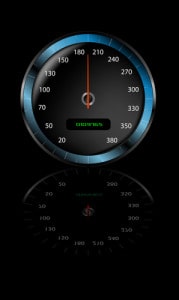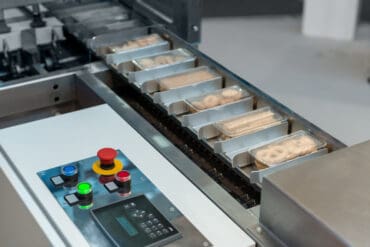
Real-time analytics are important across all enterprises, but analytic streams and financials are two areas where real-time is an absolute necessity.
These days, real-time technology can be readily applied across all corners of the enterprise, from the corporate fleet to the lunch room. And there are plenty of pilots and initiatives now underway to explore the possibilities. But there are two areas in which real-time is an absolute necessity – analytic streams and financials.
I recently caught up with Elizabeth Vanture Cain, senior manager of product marketing for manufacturing at Epicor Software, to discuss the whys and hows of applying real-time capabilities to these two areas of the business, as well as anywhere else that makes business sense.
Analytic streams and financials drive real-time instrumentation
The two primary areas where real-time analytics is proving to be essential — analytic streams and financials – now have low or no tolerance for latency. An example of an analytic stream, she illustrates, may be “readings from a machine sensor, such as air or water temperature, pressure.” How important is it to have real-time capabilities here? Cain puts it in perspective: “Would you want a car that had a five-minute lag in the speedometer? Likewise, these machine readings must also be analyzed in real-time.”
Financials is the other area where real-time is an absolute necessity. An example, Cain states, is the need for real-time data in financials occurs at month-end closing. “The typical accountant who hits enter on a general ledger journal entry will want to see it immediately in a report. They really can’t wait for a cube to refresh.”
[ Related: How AI Is Dominating Marketing Software: 5 Real-Time Observations ]
Cain say that real-time processing and analytics is changing the shape of manufacturing, to the point in which it’s unrecognizable even from five years ago. For example, her company, Epicor, promotes a manufacturing execution system (MES) that can communicate with equipment one of two ways: directly to an Open Platform Communications (OPC)-compliant machine or via a piece of hardware called a machine interface unit (MIU) which can connect to any machine — even old non-PLC (programmable logic controller) equipment.
Cain explains how this is put into action on the shop floor: the MES features a “real-time display that shows the actual speed of the machines compared to the standard speeds, and immediately highlights any that are putting your ability to fulfill a customer order at risk.”
The MES analyzes process parameters such as temperature and pressure, “and if they deviate from acceptable thresholds, it can immediately send out an alarm or even shut down a machine to avoid bad parts from getting produced.”
In addition, an analytics application, called an enterprise manufacturing intelligence (EMI) system, “collects data from equipment and operators on the shop floor in real time and can be deployed on-premises or in the cloud, with only a two to five-second second lag to push to the cloud.”
Mobile devices and real-time instrumentation
In addition, Cain is seeing mobile devices such as tablets used on the plant floor, “which have more real estate to show more KPIs and metrics and the detailed data table underneath.” Increased, cheaper storage as enables the availability of real-time analytics data.
[ Related: Lack of Real-Time Data Slows Down Decision-Making ]
Then there is the emergence of analytics in the cloud, “which provide near real-time KPIs and metrics based on ongoing trends,” she adds. “These also enable making decisions closer to real time, not months after the fact.” Add enabling devices such as IoT sensors and live OPC connections to machines, and one has a highly functioning, real-time manufacturing hub in operation.
All this technology works wonders, but it won’t deliver to the business without paying attention to the human element, Cain cautions. “One of the biggest obstacles is employee acceptance of data analytics,” she says, adding that it’s important for real-time data analytics tools to have a high degree of “simplicity and ease of use.”
There are also some emotional and physical obstacles that need to be overcome with some of the real-time data collection, she adds. “Collecting data on production runs also includes collecting data on employees and when they stop the machines, and when they start the machine. It can become a ‘Big Brother’ to monitor their movements and efficiencies, which may not be accepted well within a company.”
Providing the ability for “staff members are making decisions and making them quickly” is a necessity for any real-time data implementation, she observes.






























